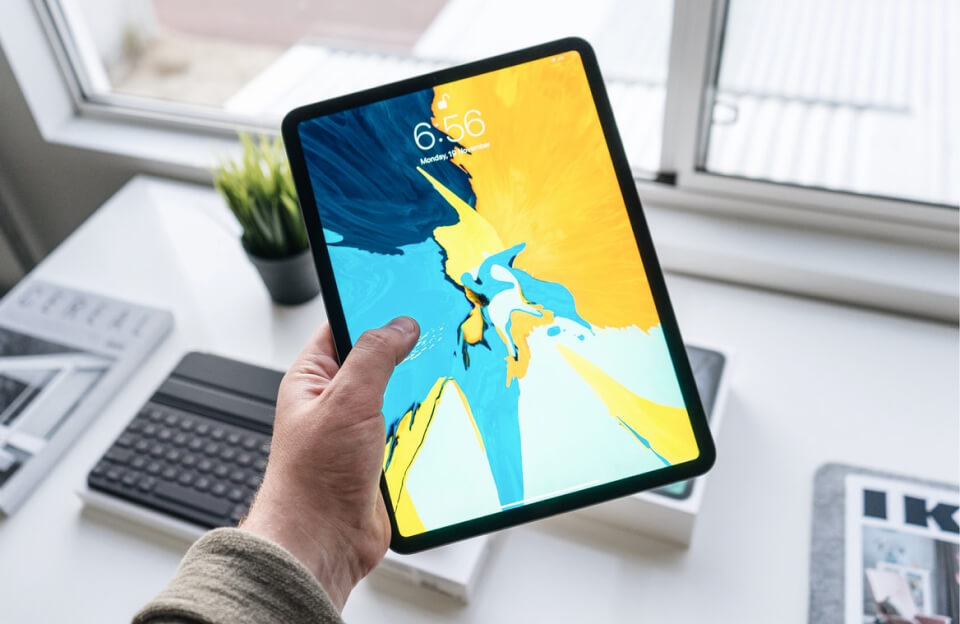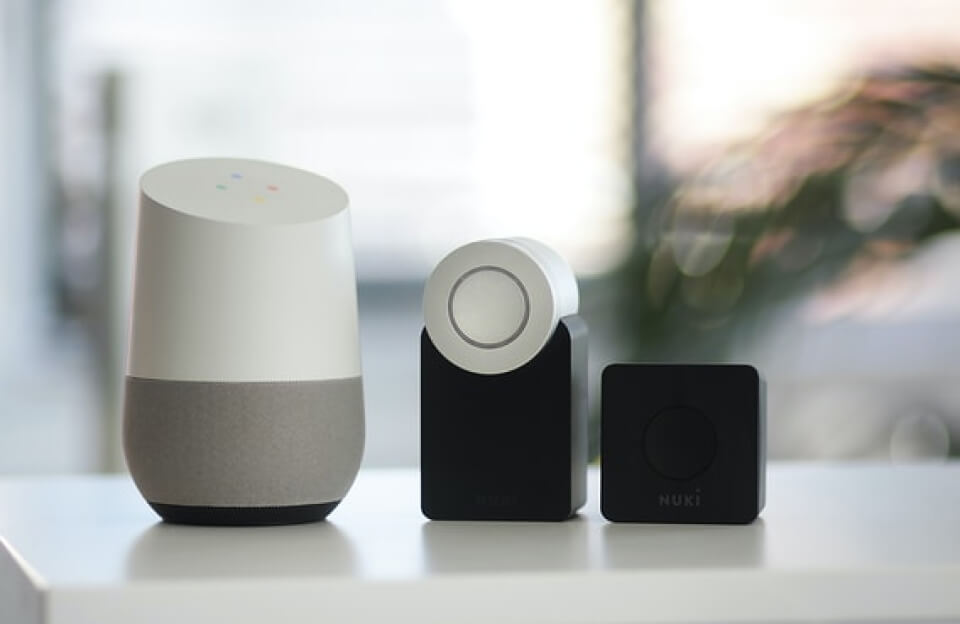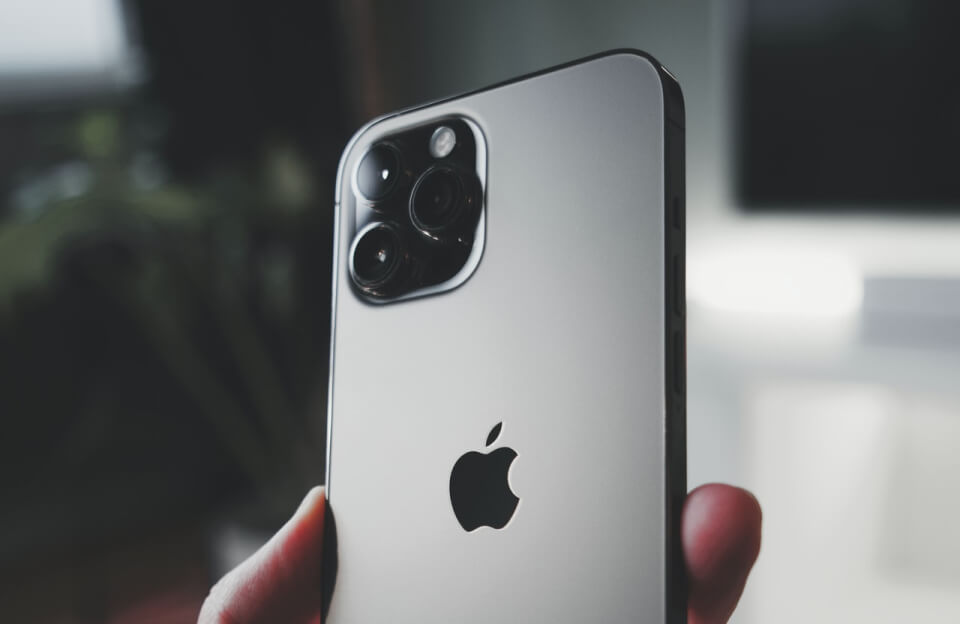In today’s interconnected world, gadgets have become far more than mere tools—they’ve evolved into catalysts for human creativity. From smartphones that transform anyone into a filmmaker to AI-powered devices that help musicians compose symphonies, modern technology is fundamentally reshaping how we create, innovate, and express ourselves.
## The Psychology Behind Gadget-Driven CreativityUnderstanding how gadgets enhance creativity requires exploring the psychological mechanisms at play. When we interact with innovative technology, several cognitive processes are activated that directly fuel creative thinking.
### Cognitive AmplificationModern gadgets handle routine tasks, freeing mental resources for creative exploration. When a graphic designer uses an iPad with Apple Pencil, the device’s pressure sensitivity and palm rejection allow them to focus entirely on artistic expression rather than technical limitations.
Smart devices help users identify patterns and connections they might miss otherwise. Music production apps can suggest chord progressions, while photo editing software can recommend color palettes, sparking new creative directions.
Gadgets excel at creating conditions for “flow state”—the psychological condition where creativity peaks. Well-designed devices provide:
- Immediate Feedback: Real-time visual or auditory responses to user input
- Clear Goals: Intuitive interfaces that make objectives obvious
- Challenge-Skill Balance: Adaptive difficulty that grows with user expertise
- Reduced Distractions: Focus modes and notification management
| Device Type | Creative Impact | Key Features |
|---|---|---|
| Drawing Tablets | Democratizes digital art | Pressure sensitivity, tilt recognition, palm rejection |
| Smart Styluses | Natural drawing experience | Low latency, texture simulation, customizable buttons |
| VR Headsets | 3D spatial creativity | Room-scale tracking, hand controllers, immersive environments |
| AI Art Generators | Concept visualization | Text-to-image, style transfer, iterative refinement |
Musical gadgets have revolutionized how we compose, perform, and share music:
- Portable DAWs: Smartphones and tablets running professional audio software
- MIDI Controllers: Compact keyboards, drum pads, and gesture controllers
- AI Collaborators: Smart instruments that respond to and complement human input
- Spatial Audio Tools: 3D sound design and immersive audio experiences
AI-powered writing tools don’t replace creativity—they enhance it by suggesting alternatives, checking grammar, and helping overcome writer’s block. These gadgets serve as creative sparring partners, offering new perspectives and ideas.
Advanced speech recognition allows creators to capture ideas at the speed of thought. Writers can dictate while walking, journalists can transcribe interviews in real-time, and poets can preserve fleeting inspiration.
“Sean Baker’s film ‘Tangerine’ was shot entirely on iPhone 5S, proving that creativity trumps expensive equipment. The smartphone’s portability allowed for guerrilla-style filming that would have been impossible with traditional cameras.”
This breakthrough demonstrated how gadget limitations can actually enhance creativity by forcing innovative solutions. The phone’s small size enabled intimate shots and spontaneous filming opportunities that shaped the movie’s unique aesthetic.
### Case Study 2: The AI Art CollaborationArtist Refik Anadol uses AI algorithms and data visualization gadgets to create immersive installations. His work “Machine Hallucinations” transforms data into visual art, showcasing how gadgets can reveal hidden patterns in information and translate them into emotional experiences.
### Case Study 3: The Bedroom Producer RevolutionBillie Eilish and her brother Finneas created her debut album in a bedroom studio using primarily software-based gadgets and affordable equipment. This approach not only reduced costs but also fostered an intimate, experimental creative environment impossible in traditional studios.
## The Neuroscience of Gadget-Enhanced CreativityRecent neuroscience research reveals fascinating insights into how gadgets affect brain function during creative tasks:
### Neuroplasticity and Technology- Enhanced Neural Pathways: Regular use of creative gadgets strengthens connections between brain regions associated with imagination and problem-solving
- Improved Pattern Recognition: Interactive technologies train the brain to identify creative opportunities more quickly
- Reduced Inhibition: Digital tools often feel “safer” for experimentation, reducing the fear of failure that blocks creativity
Gadgets can both stimulate and quiet the brain’s default mode network—the neural system active during rest and introspection. Well-designed creative tools allow this network to function optimally, facilitating the “eureka moments” that define breakthrough thinking.
## Barriers and Limitations: When Gadgets Hinder CreativityWhile gadgets can enhance creativity, they can also create obstacles:
- Over-reliance on templates and presets
- Analysis paralysis from too many options
- Distraction from notifications and multitasking
- Homogenization of creative output
- Intentional limitation of features and options
- Scheduled “gadget-free” creative time
- Focus on fundamental skills alongside technology
- Emphasis on personal voice over technical perfection
The next wave of creative gadgets promises even deeper integration with human creativity:
- Brain-Computer Interfaces: Direct neural control of creative software
- Haptic Feedback Systems: Tactile experiences that enhance digital creation
- Augmented Reality Tools: Overlay digital creativity onto physical spaces
- Quantum Computing Applications: Complex pattern generation and analysis
- Biometric Creativity Tracking: Devices that monitor and optimize creative states
| Technology | Creative Application | Impact Level |
|---|---|---|
| Neural Interfaces | Thought-to-creation workflows | Revolutionary |
| AI Collaborators | Real-time creative partnerships | Transformative |
| Haptic Environments | Immersive creative spaces | Significant |
| Quantum Creativity | Complex pattern generation | Emerging |
- Define Your Goals: Match gadget capabilities to your specific creative objectives
- Start Simple: Master basic tools before advancing to complex systems
- Consider Workflow: Ensure devices integrate smoothly with your creative process
- Budget Wisely: Expensive doesn’t always mean more creative
- Create dedicated creative spaces
- Minimize distractions and notifications
- Customize interfaces for your workflow
- Establish regular backup routines
- Balance technical and artistic learning
- Join online creative communities
- Experiment with unconventional uses
- Document your creative journey
Gadgets don’t create art—humans do. But the right technology can amplify our creative potential, remove barriers to expression, and open new avenues for innovation. The most successful creative partnerships between humans and gadgets occur when technology becomes invisible, allowing pure creative expression to flow unimpeded.
As we look toward the future, the relationship between creativity and technology will only deepen. The key lies not in choosing between human intuition and machine capability, but in finding the perfect balance where each enhances the other. In this partnership, gadgets become not just tools, but creative collaborators that help us discover new dimensions of human imagination.
“The best creative gadgets don’t replace the artist—they become extensions of their imagination, translating dreams into reality with unprecedented precision and possibility.”
Ready to explore? Whether you’re a seasoned creator or just beginning your creative journey, the right gadget might be the key to unlocking your next breakthrough. The future of human creativity is here—and it’s digital, intuitive, and limitlessly inspiring.


